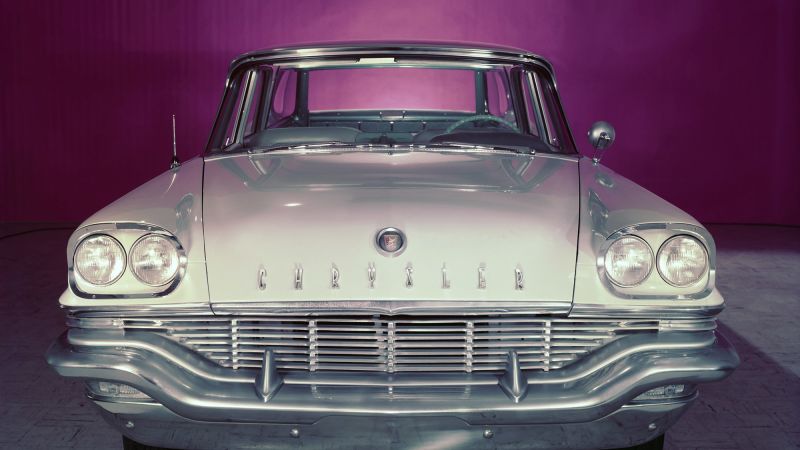Chrome’s century-long dominance as the ultimate finishing touch on new cars may be under threat. Environmental and health concerns are prompting at least one major automaker to rethink the use of chrome on its vehicles, despite its long-standing aesthetic appeal. Chrome has traditionally added a touch of luxury and protection to metal car parts, with many considering it a symbol of automotive opulence. According to Leslie Kendall, head curator of the Petersen Automotive Museum in Los Angeles, “Chrome on a car is the automotive equivalent of using jewelry on an outfit.”
Stellantis, the company behind brands like Dodge, Jeep, and Ram, is leading the charge to eliminate chrome from its new models. The plan, known internally as “Death of Chrome,” aims to address the dark side of chrome plating. Hexavalent chromium, a cancer-causing agent used in the plating process, has raised concerns among government regulators in the United States and Europe. The California Air Resources Board described hexavalent chromium as “500 times more toxic than diesel exhaust” with no safe level of exposure.
While traditional chrome-plated car parts are not considered dangerous, the risk lies in the manufacturing process where hexavalent chromium can be released into the atmosphere or come into contact with workers. California has been leading efforts to regulate chrome plating shops and is moving towards banning the use of hexavalent chromium altogether.
Alternative finishes like trivalent chrome exist, but they may not match the brilliance of traditional chrome or can be prohibitively expensive. Stellantis is exploring options like blackout packages, polished stainless steel, satin steel, and mixing different tones. The goal is to offer car buyers unique styles and designs that do not rely on chrome for their appeal.
Volkswagen Group, which includes brands like Audi and Bentley, is also exploring alternatives to hexavalent chrome. Designers are experimenting with finishes of various tones and textures, as well as integrating light as a new element to enhance the exterior and interior of their vehicles.
As the auto industry moves away from the excessive use of chrome that defined the 1950s, car buyers can expect to see a shift towards more sustainable and diverse design choices on new models. Stellantis and other automakers are preparing to introduce vehicles with new looks that omit chrome entirely, signaling a new era in automotive design aesthetics.



